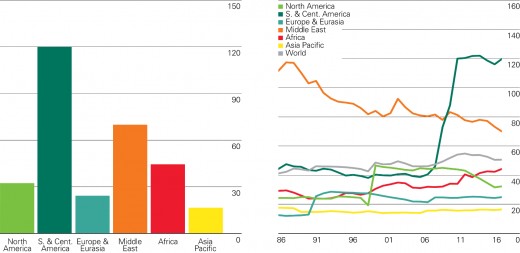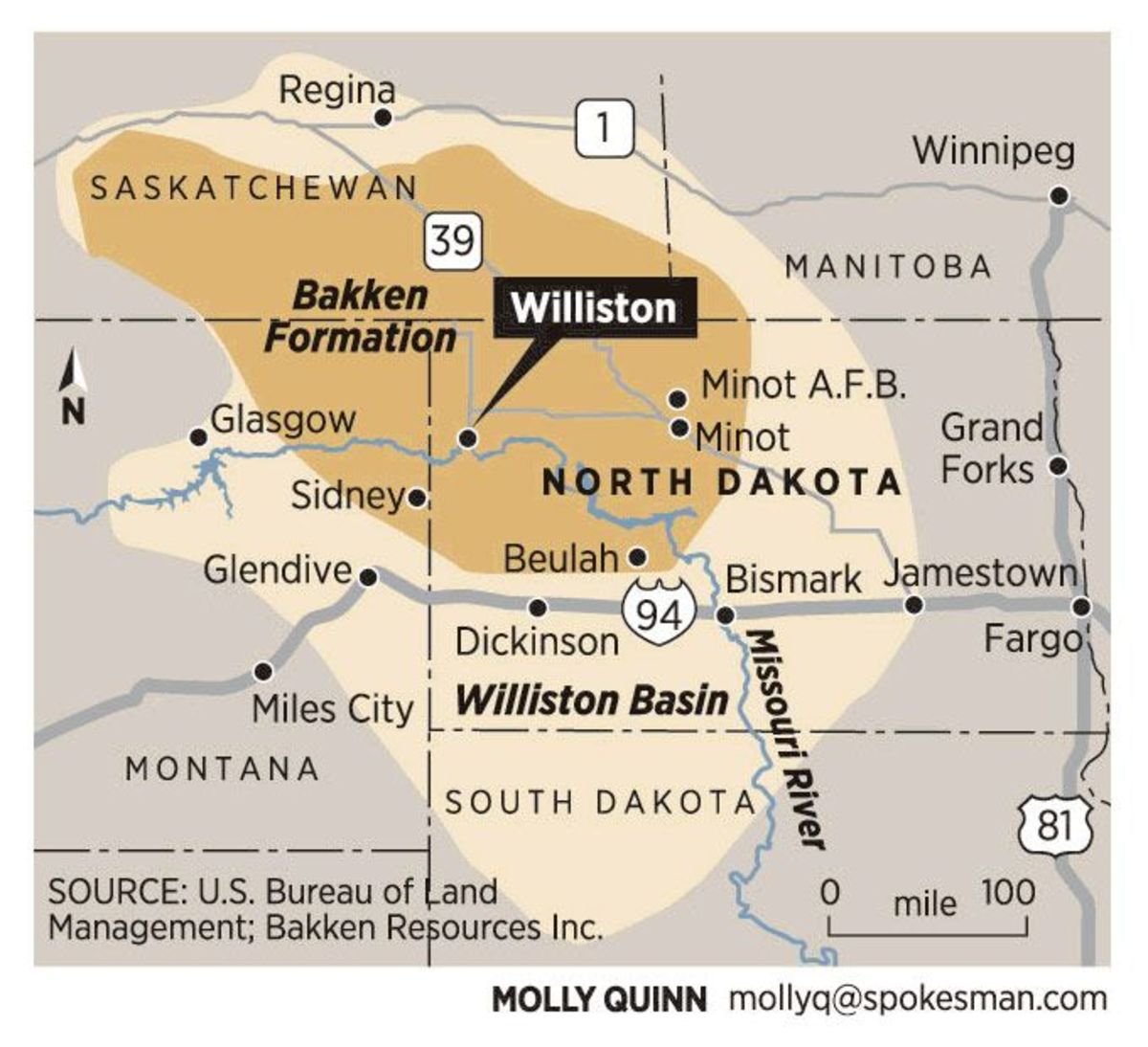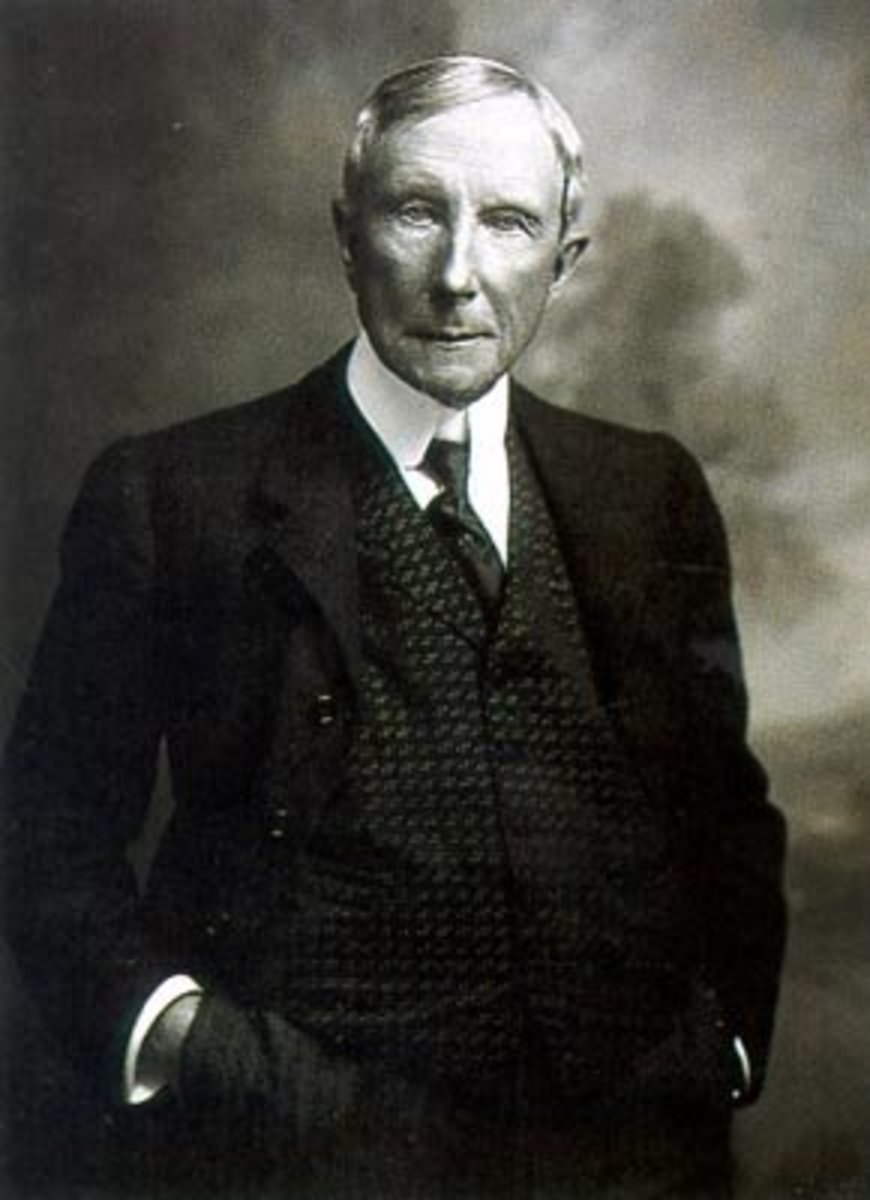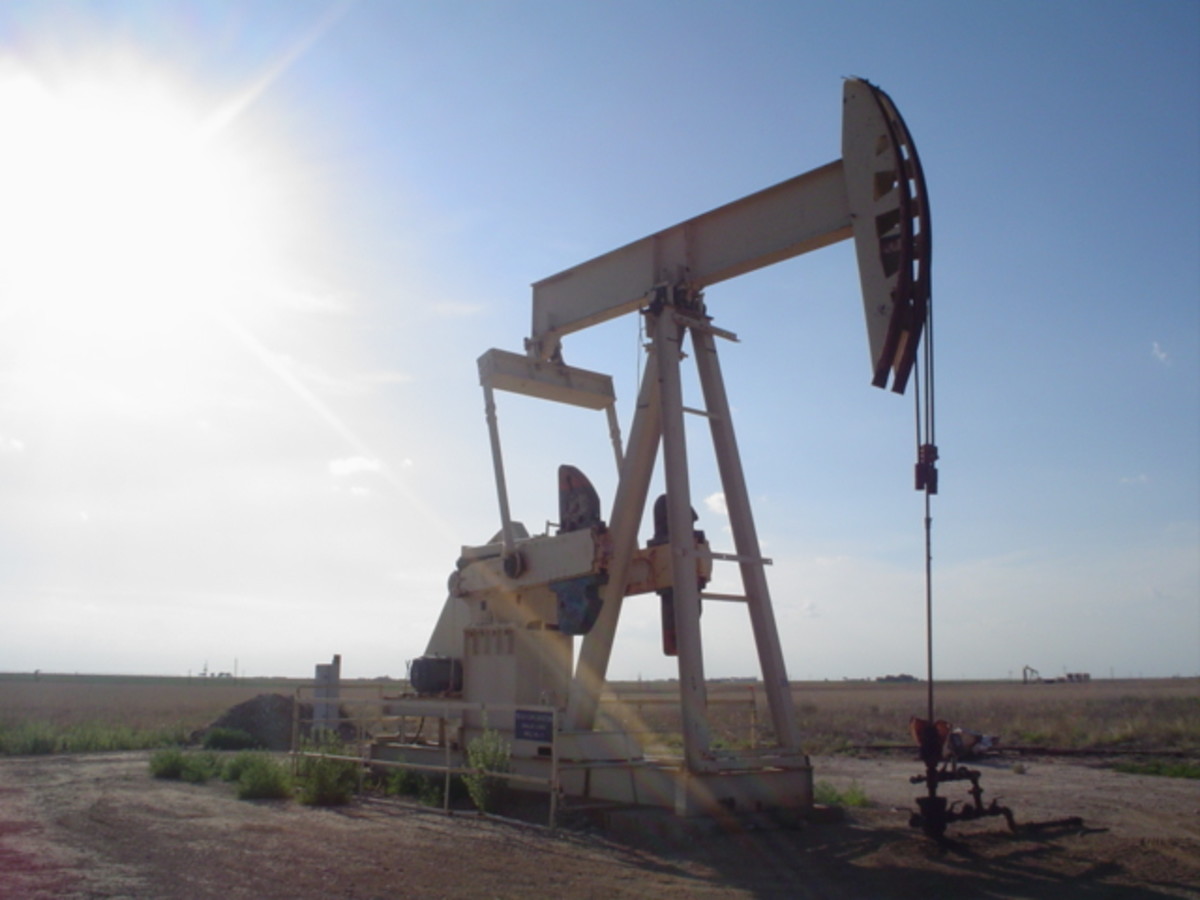Global Oil Depletion
Use of petroleum begins from some 5000 years ago. Liquid Crude oil and the Bitumen (Asphalt) were used by different ancient civilization such as Sumerians, Babylonians, Assyrians, and Egyptians. Petroleum was obtained from the natural seeps and was used in a variety of purposes for instance as a fuel of domestic use, as a leak proofing material in building houses and boats and so on. The first ever well drilled for the extraction of crude was in China (200 B.C.). It was a shallow well with just a depth of 140 meters but it laid the foundation of Modern Petroleum Industry. Nowadays, Petroleum is considered as the main element in the progress of any country. Countries like Saudi Arabia and other Middle Eastern countries rely mostly on their Petroleum Production. Today, Crude oil covers a great importance among different energy resources. Since it is a Non-Renewable Resource, therefore a time will come when this resource run out completely. In this document, I would like to share some facts about this serious matter.
According to the recent (2017) report published by BP petroleum [2], the world’s total oil reserves at the end of 2016 were 1706.7 thousand million barrels (1.7 trillion bbl.). OPEC member countries hold about 1220.5 thousand million barrels i.e. approximately 71 % of the total world reserves. These reserves are increased due to the continuous research and advancement of technologies. Global Proven Reserves of oil are increased by 15 billion barrels with respect to the previous year. This rise is largely due to Iraq (10 billion bbl.) and Russia (7 billion bbl.) with a small decline of <2 billion barrels spread across different countries of the world. If we talk about the regional contribution of Oil reserves at different eras, we will always find the Middle East on the top. Middle Eastern Countries have 47.7% of total oil of the world i.e. 813.5 thousand million barrels. Southern and Central American region has now come on the second number with 19% of overall reserves that is 327.9 thousand million barrels. The least contribution in overall oil reserves is of Asia Pacific region. It constitutes about 2.8 % of overall reserves that is 48.4 thousand million barrels [Figure1].
Figure 1: Regional contribution of Oil Reserves
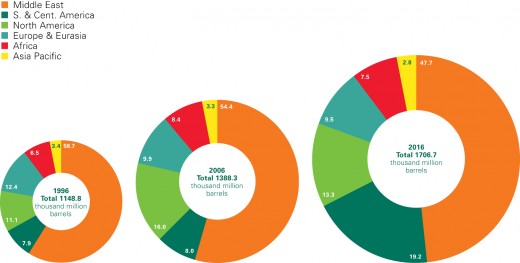
Oil production rate is also an important factor in the depletion of its reserves because something is readily available, it is wasted. So, oil production rate at the end of 2016 was 92150 thousand barrels per day. As we talk about the regional production of petroleum, again we will find the Middle East on the top. It contributes 34.5 % of the total production that is 31789 thousand barrels per day. After that North America and Europe & Eurasia regions produces 20.9% (19270 thousand barrels per day) and 19.2 % (17716 thousand barrels per day) respectively. And the rest of the region is producing at approximately the same rate of production that lies between 8-9 % of total oil production.
The rate of consumption is nearly the same as the rate of production from the world i.e. 96558 thousand barrels per day. In addition to this, Asia Pacific has now emerged as the largest consumer region with the consumption rate of 33577 thousand barrels per day that is almost 35% of the total world consumption of oil. Next largest consumer region is North America with the consumption rate of 23843 thousand barrels per day that is almost 24.7% of the total world consumption of oil. The least contributor to this category is Africa. It consumes about 3937 thousand barrels per day i.e. only 4% of the total world consumption [Figure 2].
Figure 2: Oil production/consumption by region
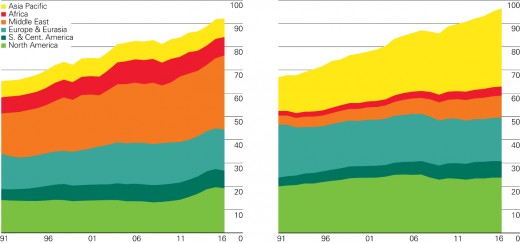
With all the above facts and figures, Economists calculate that how much oil reserves will last. They calculate it with the help of a statistical tool which is known as Reserves-to-production (R/P) ratio – This can be defined as If the reserves left at the termination of any year are divided by the production of that corresponding year, the result is the length of time that those remaining reserves would last if production were to continue at that rate. By calculating the R/P ratio, it has been found that the current proven oil reserves of the total world with present technology will last for 50.6 years. But this cannot be true due to the political and regional distribution of the oil reserves. Different regions have a different amount of reserves which will last differently according to their rate of production. South America has emerged in recent years as a region of highest R/P ratio i.e. 119 years. This rise is in fact due to their technological advancement and the inclusion of new unconventional oil and gas reserves. The least R/P value is of Asia Pacific region. The oil left for this region will only last for 16.5 years. Venezuela has the largest reserves and will last for 341 years. Libya and Syria have not plenty of reserves but their production rate is low. That’s why their reserves will last for 310 years and 270 years respectively. The U.S.A. has the oil that will last for 10 years.
Figure 3: R/P ratios of world regions
